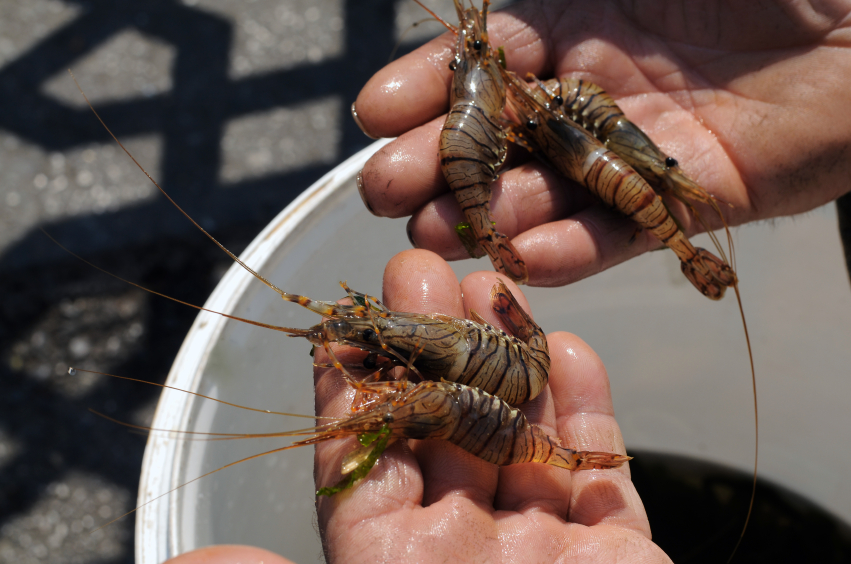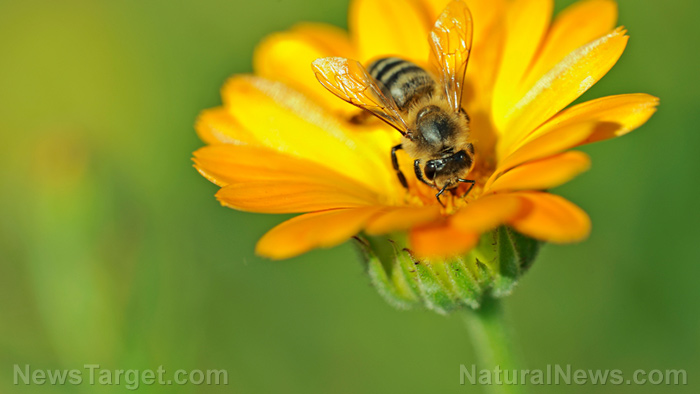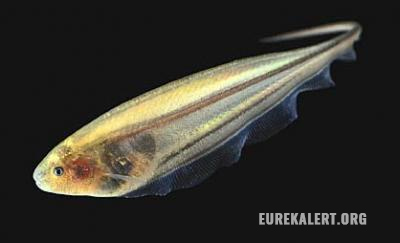Fascinating study finds a species of wasps that transforms a “social” spider into a zombie-like drone
02/26/2019 / By Edsel Cook

In the depths of the Amazon rainforest in Ecuador, there is a parasitic wasp with a ghastly means of reproduction. It lays an egg on a live social spider, and when the larva hatches, it hijacks the body of its host to build a cocoon for it. Then it kills the spider and moves inside its new home to grow up and repeat the cycle.
Researchers from the University of British Columbia (UBC) reported on this new addition to the Zatypota genus of ichneumon wasps. The recently-discovered parasitic wasp targets Anelosimus eximius, a social spider.
“Wasps manipulating the behavior of spiders has been observed before, but not at a level as complex as this,” explained lead researcher Philippe Fernandez-Fournier. “Not only is this wasp targeting a social species of spider but it’s making it leave its colony, which it rarely does.”
New species of wasp found emerging from spider-built cocoon
A. eximius is one of the few social spiders of arachnids in the world. Large numbers of the arachnids live together in basket-shaped nests. They team up to capture prey as big as birds and lizards, and take care of each other’s eggs and young. They rarely leave the nest until it is time to form a new colony.
Fernandez-Fournier was studying the various parasite species that could be found in A. eximius colonies. He noticed that some of the infested social spiders uncharacteristically abandoned their shared home nest. Furthermore, the spider started building very dense cocoon webs about a foot or so away from the nest.
The curious researcher collected some of those cocoon webs to see what was going on. A few days later, he found a previously-undiscovered species of wasp emerging from those cocoons.
The new species of Zatyota wasps looks elegant and is very graceful in its motions. However, Fernander-Fournier’s co-author, Samantha Straus, described the insect’s behavior to be brutal. (Related: Playing God? Wasps with red eyes created in lab by mad scientists.)
Social spiders are turned into zombie drones by a new species of parasitic wasp
The UBC researchers drew upon data from earlier studies to determine the life cycle of the parasitic wasp. They also uncovered the details of its grisly interaction with the spider.
In their study, the Zatyota wasp begins its life as an egg laid on the abdomen of an A. eximius spider. Upon hatching, the larva feeds on the life fluid of its host.
Slowly but surely, it turns the spider into a zombie that does its bidding. The victim will leave its nest, build a cocoon, and wait for the wasp larva to finish it off.
Other parasitic wasps target solitary spiders instead of the social ones. And while they do cause changes in the behavior of their host, none of them turns the spider into a shambling zombie.
Wasp-released hormones control the brain of its spider drone
Straus theorizes that the wasp larva injects hormones into the A. eximius spider that changes its behavior. The social spider might think that it is in a different stage of its life, which prompts it to leave the colony and in order to establish its own new nest.
“We think the wasps are targeting these social spiders because it provides a large, stable host colony and food source,” the researchers theorized. “We also found that the larger the spider colony, the more likely it was that these wasps would target it.”
She and her co-researchers are planning to see if the wasps target the same social spider colonies.
Sources include:
Tagged Under: behavioral ecology, Ecology, parasites, parasitic wasp, spiders, wasps, Zombies




















